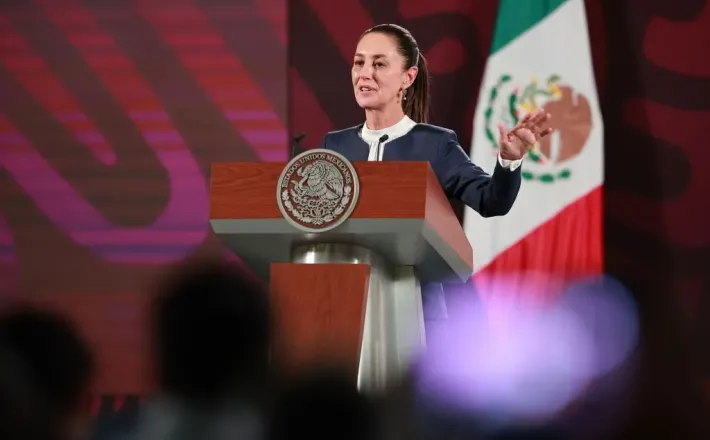Women are Front and Center in Mexican Politics. What Can the U.S. Learn?
Source: Ms. Magazine
On June 2, over 60 percent of registered Mexican voters went to the polls for a monumental election, with over 20,000 public offices up for grabs at the federal and local levels. This election was historic, as a woman was elected to hold the highest office in Mexico for the first time. This comes more than 70 years after women gained the right to vote and stand for election. Over the past few years, women in Mexico have gone from being fringe operatives in the political arena to taking center stage. Still, this transformation took time and deliberate action to achieve.
While gender quotas have been used in Mexico since the early 2000s, they were not enough to achieve equality. In 2014, Mexico transitioned from relying on its gender quota system to a “gender parity system,” which mandates equal opportunity based on gender in candidate lists for local and national offices. This transition did not occur naturally; it resulted from consistent, permanent debate at all levels by activists, institutions, academics and women in politics who worked together across party lines to close the political gender gap.
The Impact of Gender Quotas in Mexico
Mexico’s 2002 first legislative quota passed by Congress required that 30 percent of candidates be women, with specific penalties for parties in cases of non-compliance. In 2008, the gender quota was raised to 40 percent, but parties were exempt from complying in cases where candidates were selected in democratic primaries. Six years later, in 2014, gender parity mandates were enshrined in Mexico’s constitution, marking the highest protection standard for women’s political rights. The impact of these hard-fought efforts has been undeniable; women’s participation in Congress has steadily increased with every reform.
Read here the full article published by Ms. Magazine on 11 June 2024.
Image by Ms. Magazine

On June 2, over 60 percent of registered Mexican voters went to the polls for a monumental election, with over 20,000 public offices up for grabs at the federal and local levels. This election was historic, as a woman was elected to hold the highest office in Mexico for the first time. This comes more than 70 years after women gained the right to vote and stand for election. Over the past few years, women in Mexico have gone from being fringe operatives in the political arena to taking center stage. Still, this transformation took time and deliberate action to achieve.
While gender quotas have been used in Mexico since the early 2000s, they were not enough to achieve equality. In 2014, Mexico transitioned from relying on its gender quota system to a “gender parity system,” which mandates equal opportunity based on gender in candidate lists for local and national offices. This transition did not occur naturally; it resulted from consistent, permanent debate at all levels by activists, institutions, academics and women in politics who worked together across party lines to close the political gender gap.
The Impact of Gender Quotas in Mexico
Mexico’s 2002 first legislative quota passed by Congress required that 30 percent of candidates be women, with specific penalties for parties in cases of non-compliance. In 2008, the gender quota was raised to 40 percent, but parties were exempt from complying in cases where candidates were selected in democratic primaries. Six years later, in 2014, gender parity mandates were enshrined in Mexico’s constitution, marking the highest protection standard for women’s political rights. The impact of these hard-fought efforts has been undeniable; women’s participation in Congress has steadily increased with every reform.
Read here the full article published by Ms. Magazine on 11 June 2024.
Image by Ms. Magazine